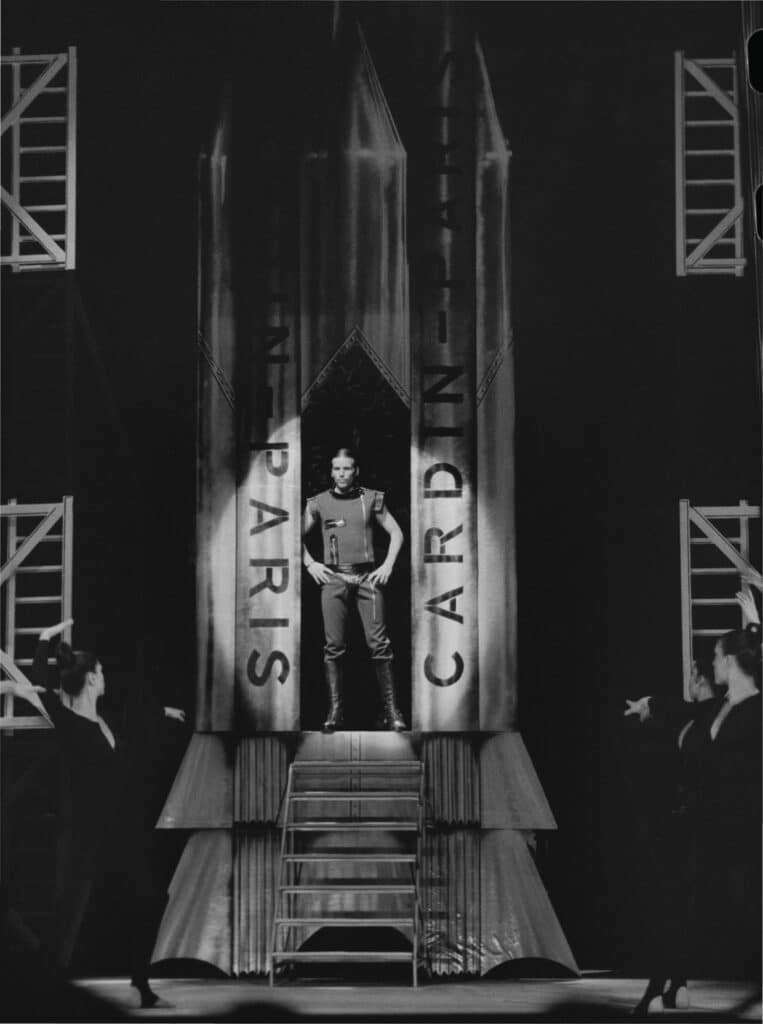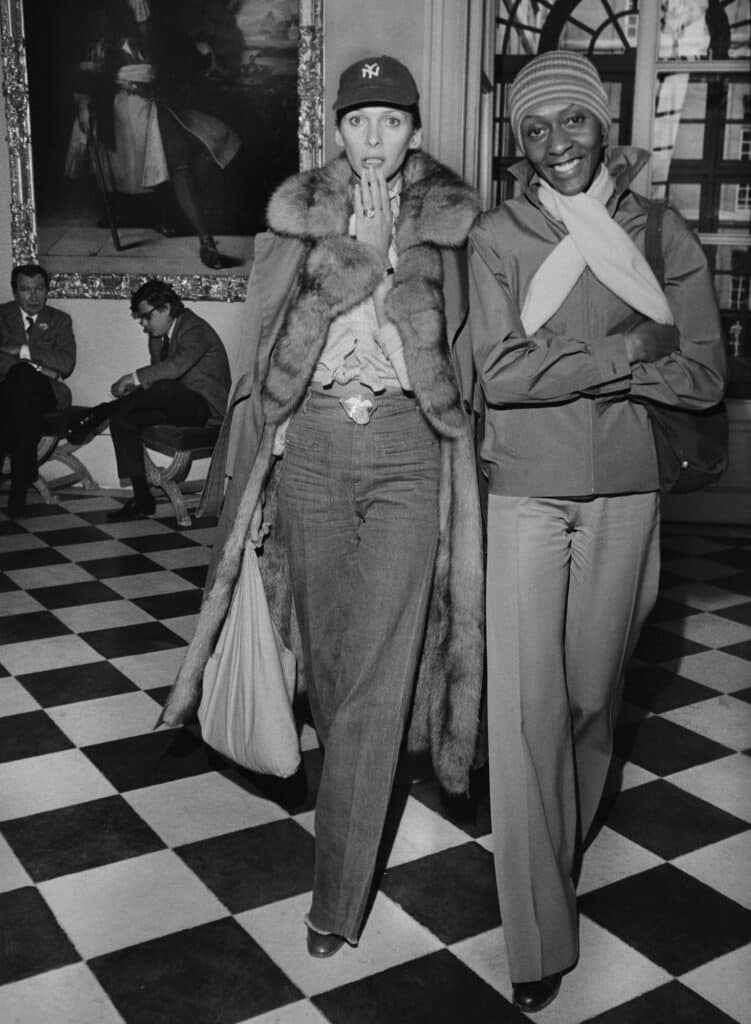A light snow fell on the Palace of Versailles, glittering like a page out of a fairytale, as a contingent of American fashion designers and models arrived at the majestic estate for the legendary Battle of Versailles on November 28, 1973.
The event was organized as a fundraiser for the Palace, which had fallen into shocking disrepair after World War I and became the epitome of shabby chic. Seizing the moment, fashion publicist Eleanor Lambert (1903–2003) dreamed up a scheme that would catapult a new coterie of American designers to the global stage.
Lambert, the mastermind behind the Met Gala, New York Fashion Week, and the International Best Dressed List, teamed up with Versailles curator Gerald Van der Kemp to stage a lavish fashion show that pit America’s eclectic upstarts against France’s revered old guard.
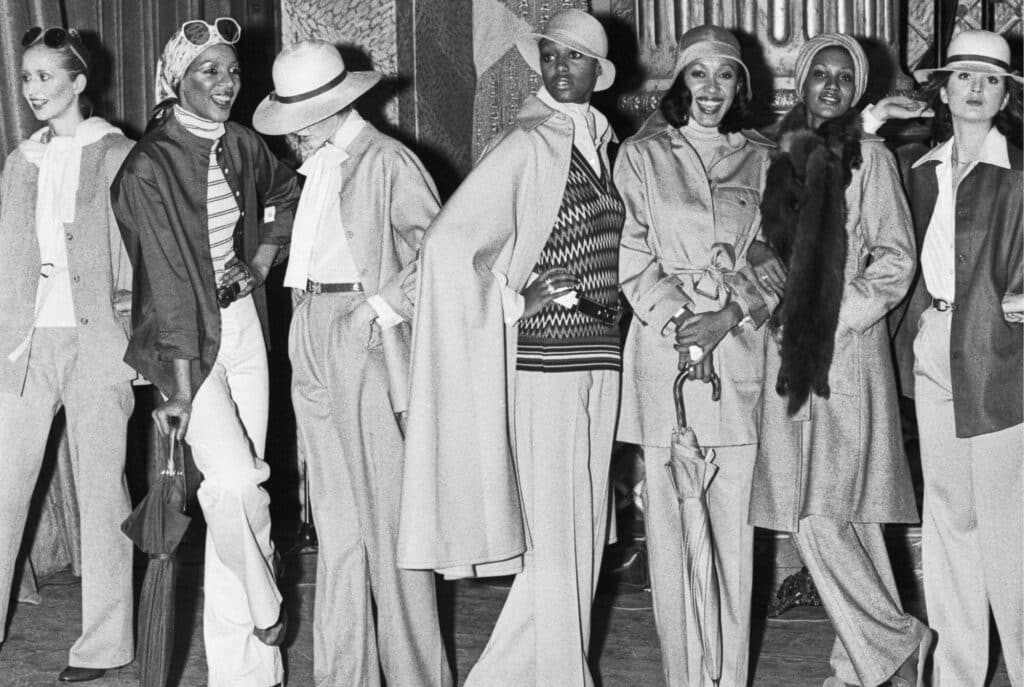
With the new book, The Battle of Versailles: The Fashion Showdown of 1973, author Mark Bozek revisits this glittering chapter of fashion history through the work of photographers Bill Cunningham and Jean-luce Huré. The book opens with arrivals on Sunday, November 24, offering an insider’s account of the week’s events, culminating in a facsimile and previously unpublished edition of Cunningham’s Diary of Versailles, his typed account of the week’s events. The result is nothing short of spectacular.
Paris is Burning
In the 1970s, as prêt-à-porter swept the globe by storm, America stood at the vanguard of fashion as women took control of their destinies. By 1973, women made up 43% of the US workforce, leveraging their power within the American economy to political gain and personal freedom. Fashion telegraphed ambitions, aspirations, and dreams, neatly packaged in ready to wear identities like career woman, homemaker, socialite, bohemian, and the like.
For decades, American fashion designers stood in the shadows on their European counterparts until a new generation of upstarts arrived on the scene. The Battle of Versailles imagined fashion as a proving ground between tradition and innovation.

The American contingent (Oscar de la Renta, Stephen Burrows, Halston, Bill Blass, and Anne Klein) went tête-à-tête with the French establishment (Yves Saint Laurent, Pierre Cardin, Emanuel Ungaro, Marc Bohan, and Hubert de Givenchy) in front of a crowd of 700 luminaries including Grace Kelly, Andy Warhol, and Liza Minnelli.
Although France was given some advantage, the legend tells that they simply could not match the sheer bravura, ingenuity, and unrestrained desire of the Americans, who stole the show from the start with Liza Minelli’s electrifying rendition of “New York, New York”. Black models like Pat Cleveland, Ramona Saunders, and Alva Chimm set the stage ablaze with their swanlike glamour, a nod to American expat Josephine Baker, who was in the audience that night. There was no doubt who the winner was; and it was an upset that would signal New York’s rise as global fashion capital.
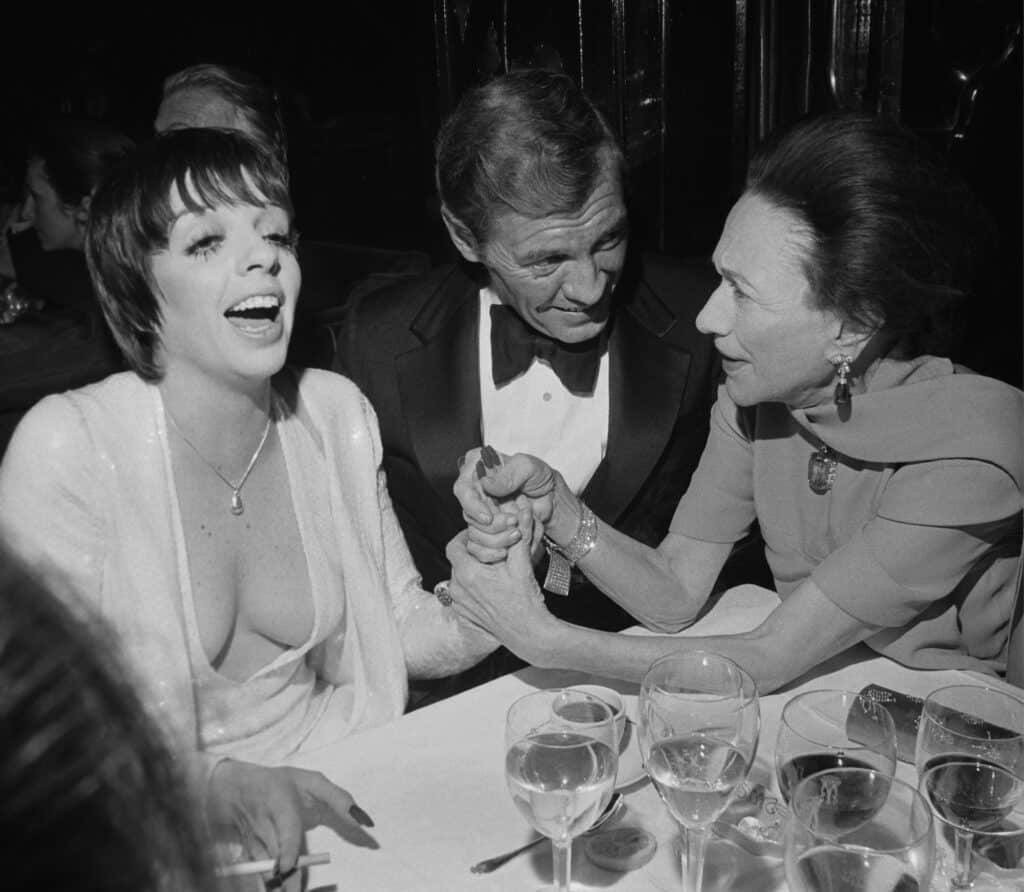
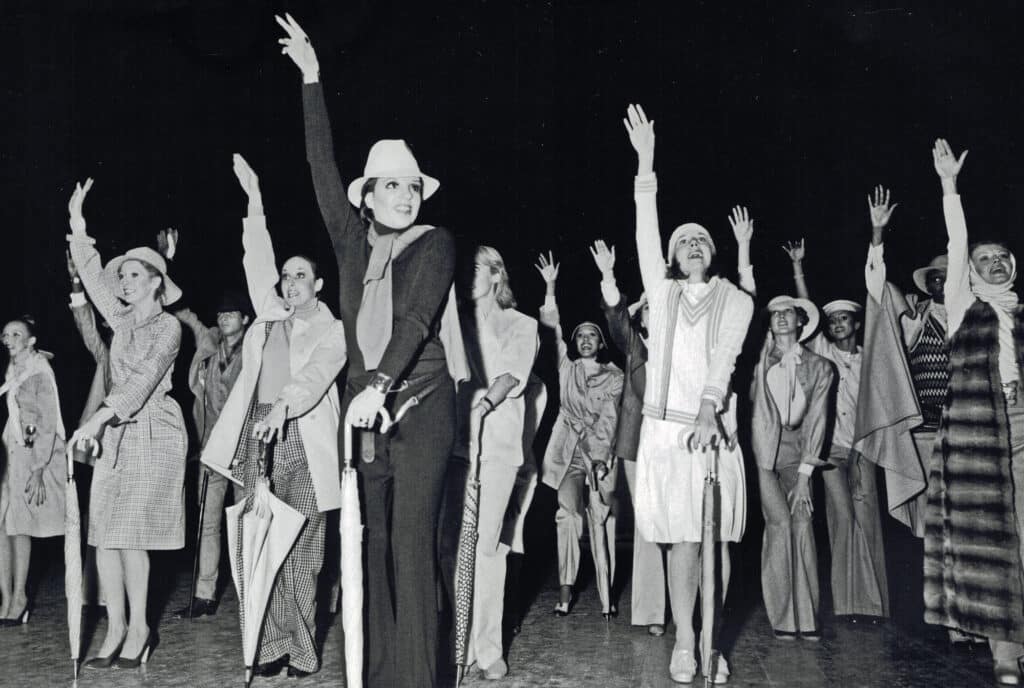
“Catastrophe, scandal, triumphs and assumptuousness, swirled about Versailles [sic] first fashion party,” Bill Cunningham wrote on November 30, 1973, in Dairy of Versailles. “Without a doubt one of the spectacular events of the century,” he continued, then rethought, writing “decade” above the last word. But as history has shown, Cunningham got it probably right the first time.
The Battle of Versailles: The Fashion Showdown of 1973 is published by Rizzoli New York, $85.

